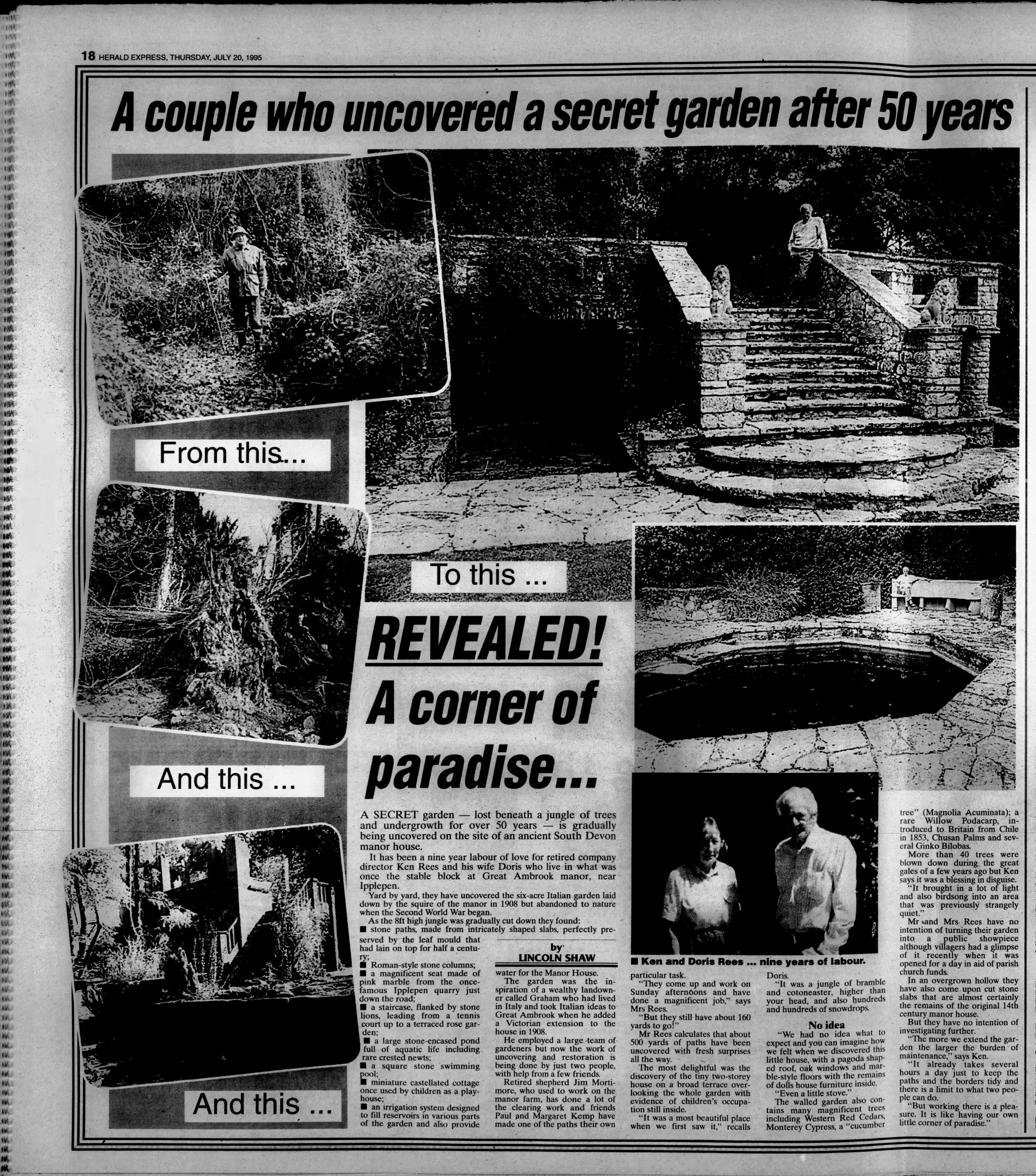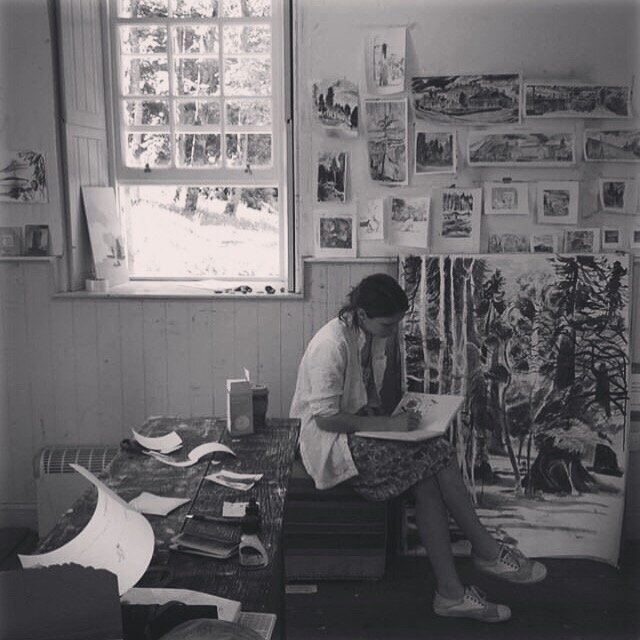The History of The Italian Garden
The Italian Garden at Great Ambrook is exciting and unique for so many reasons. Captivating to visitors, skilfully designed and constructed, it also conceals many mysteries. The garden is a window into a historically less tolerant society where homosexual men were driven to seclusion and a secret life
“The more we talk about the past, the more we will create safe spaces for the future”
Arthur Smith Graham
(1871-1928)…
… whose parents came from wealthy merchant families, grew up in Surrey and Kent. Having read Classics at Christ Church, Oxford, he moved to Devon and bought Great Ambrook in 1899 with the adjacent farm, Newhouse Barton, aged just 28. In 1909 he commissioned his friend and architect, T.H. Lyon, to design the garden built on the farmland. Graham was a man of considerable means and an aesthete, moving in an intellectual Oxbridge literary circle. He appears, his identity thinly veiled, in the novel “Nicholas Crabbe; A Romance” by the cult author of the period, Frederick Rolfe.
The architect, Thomas Henry Lyon (1869-1953)…
… had a distinguished career in architecture and became the first Director of Cambridge University’s School of Architecture. He was brought up in Devon and, while he built a number of houses locally, this was the only significant garden he designed. At the same time he built a music room addition to Great Ambrook House. A practising Anglo-Catholic, he was commissioned on a number of ecclesiastical buildings and was particularly admired for his work on Sidney Sussex College chapel.
The builder, Lewis Bearne (1858-1939)…
... also built nearby Castle Drogo and Bovey Castle. The construction is of the finest quality with many sophisticated elements including the irrigation and hot house heating system. Using a blend of native stone with contemporary materials such as cement render and fabricated steel sections, the construction was innovative for its day.
Refuge and Privacy
(1909-1928)…
… were the reasons for making a garden separate from Great Ambrook House and its existing garden, with access via a short carriage drive. Graham and Lyon were both homosexual at a time when this was outlawed. Whilst at Oxford himself, Graham would have followed the trial of a fellow Oxonian, Oscar Wilde.
The garden’s four acres were created across the boundary of two fields with an old quarry as its centrepiece and taking advantage of the dramatic possibilities of the sloping terrain. It was surrounded by 15-foot walls and was designed as an intimate, private space where Graham could entertain his circle of friends, with a tennis court, pools, an elaborate summerhouse and multiple, landscaped walks.
Following Graham’s death in 1928, aged just 56, Great Ambrook changed hands a number of times with The Italian Garden eventually falling into neglect in the 1960s, gradually turning to woodland.
The Italian Garden at Great Ambrook was recognised with a Grade II listing on the Register of Parks and Gardens of special historic interest in England from Historic England in June 2014.
“To look at a thing is very different from seeing a thing”































